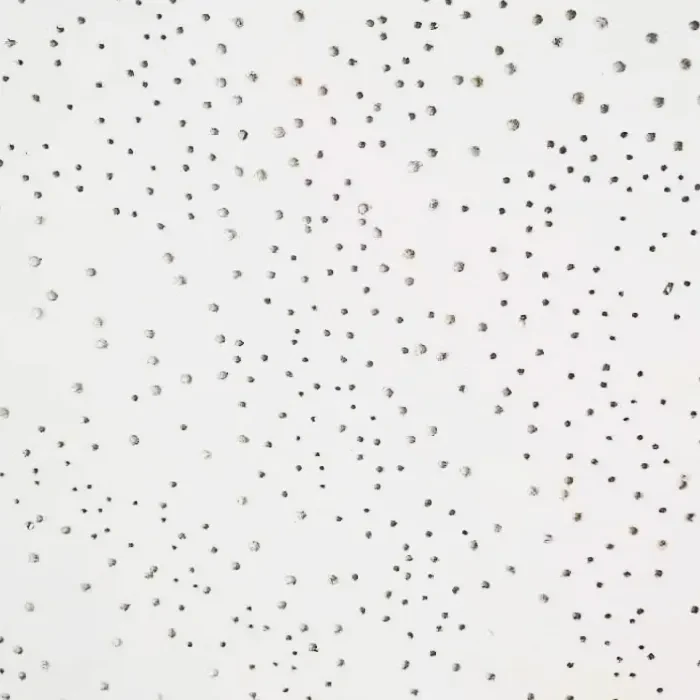8 月 . 14, 2024 06:37 Back to list
Exploring Metal Access Panels for Walls and Ceilings in Modern Building Designs and Applications
The Importance of Metal Wall and Ceiling Access Panels
In modern construction and renovation projects, access panels play a vital role in ensuring that crucial systems such as plumbing, electrical wiring, and HVAC can be easily accessed for maintenance and repairs. Among the various types of access panels available, metal wall and ceiling access panels stand out for their durability, security, and versatility. This article will explore the benefits of using metal access panels and their significance in both residential and commercial settings.
Durable and Long-lasting
One of the primary advantages of metal wall and ceiling access panels is their exceptional durability. Made from materials such as galvanized steel or aluminum, these panels can withstand significant wear and tear, providing a long-lasting solution for building maintenance. Unlike plastic or drywall access panels, which may warp or crack over time, metal panels are resistant to damage from moisture, pests, and impact, making them ideal for high-traffic areas or locations exposed to humid conditions. This durability not only reduces the frequency of replacements but also minimizes maintenance costs in the long run.
Secure Access
Security is another critical factor when it comes to access panels, especially in commercial buildings where valuable equipment and sensitive systems are housed. Metal access panels typically come with locking options, ensuring that only authorized personnel can access critical areas. This feature is particularly important in environments such as hospitals, data centers, and industrial facilities, where unauthorized access could lead to safety hazards or breaches of data security. By investing in metal access panels with robust locking mechanisms, businesses can protect their assets and ensure a safer working environment.
Versatility in Design
metal wall and ceiling access panel

Metal access panels are available in a range of sizes, styles, and finishes, making them suitable for various applications and aesthetic preferences. Whether the project requires a flush-mounted panel for a seamless look or a surface-mounted option for easy visibility, there are metal access panels designed to meet those specific needs. Additionally, they can be painted or coated to match the surrounding walls or ceilings, blending seamlessly into the overall design of the space. This versatility allows architects and designers to maintain the visual integrity of their projects while still providing essential access points.
Ease of Installation
Installing metal wall and ceiling access panels is generally straightforward, which can save both time and labor costs during a construction or renovation project. Many panels are designed with pre-drilled holes and come with the necessary hardware, allowing for quick and efficient installation. Furthermore, they can be added retroactively to existing structures, enabling property owners to improve access to vital systems without extensive renovations. This ease of installation is a significant benefit for both contractors and property owners, as it streamlines the overall project timeline.
Enhancing Building Value
Finally, incorporating metal access panels into a building’s design can enhance its overall value. Potential buyers or tenants often prioritize properties that feature well-designed, functional maintenance solutions. By ensuring that essential systems are easily accessible, metal access panels can contribute to the long-term sustainability and appeal of a building.
Conclusion
In summary, metal wall and ceiling access panels are a crucial component in the design and functionality of modern buildings. Their durability, security features, versatility, ease of installation, and potential to enhance property value make them an excellent investment for both residential and commercial applications. As infrastructure continues to evolve, the role of access panels will remain an essential aspect of building maintenance and management. Choosing metal access panels is a strategic decision that ensures reliable access while maintaining the aesthetic and structural integrity of a space.
-
Revolutionizing Interior Design with Ceilings t grid Suspended SystemNewsOct.29,2024
-
Revolutionizing Ceiling Design with ceiling access panel with Gypsum Tile WaterproofNewsOct.29,2024
-
Revolutionizing Interior Design with PVC Gypsum Ceiling: A Comprehensive GuideNewsOct.29,2024
-
Elevating Interior Design with High quality Mineral Fiber Ceiling TilesNewsOct.29,2024
-
Revolutionizing Interior Design with PVC Gypsum Ceiling: A Comprehensive GuideNewsOct.29,2024
-
Elevating Interior Design with High-Quality Mineral Fiber Ceiling Tiles: A Comprehensive GuideNewsOct.29,2024







